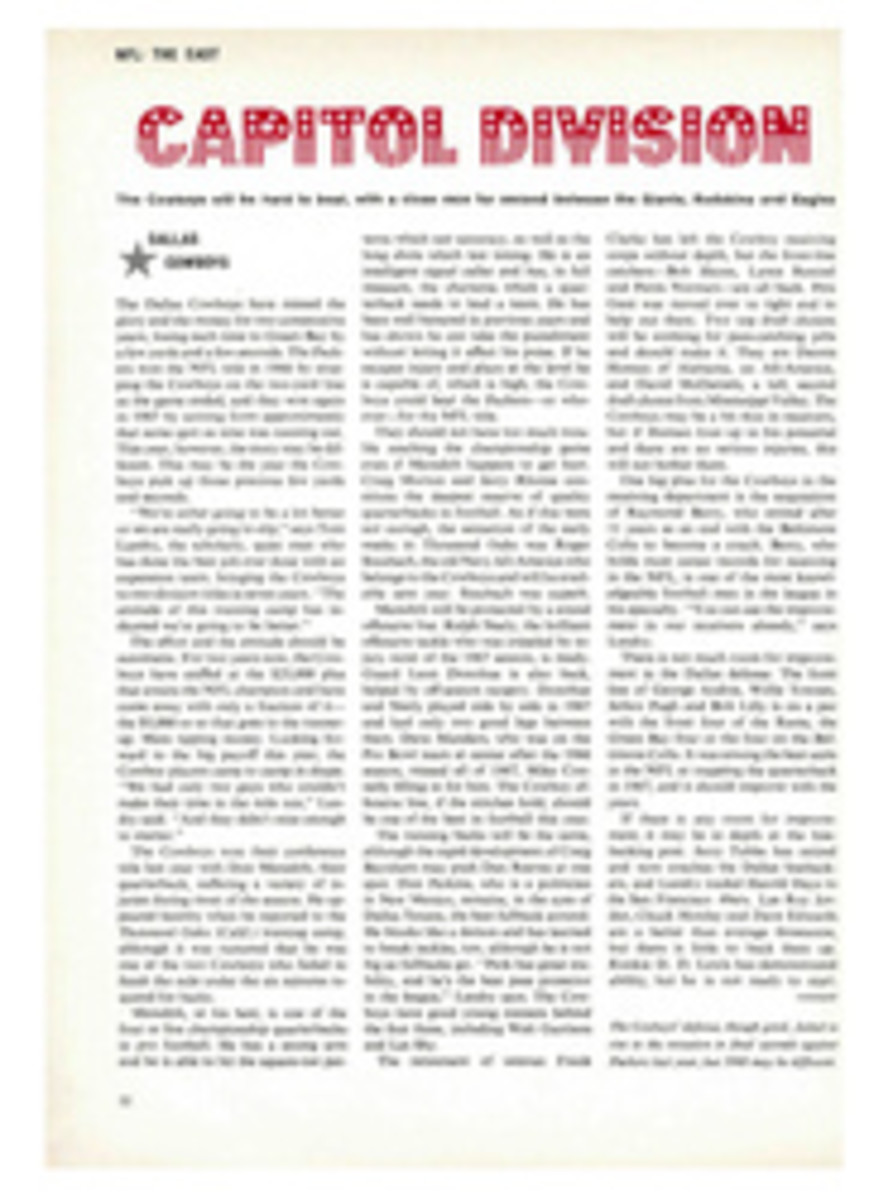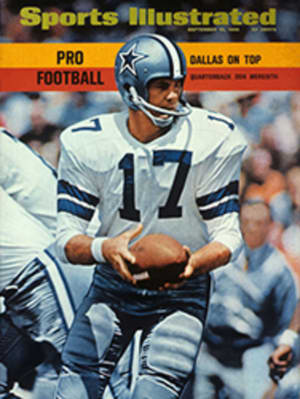
A guide for the hiker in England maps out the pleasant scenery between pubs
One of the goals of a walk through the English countryside is a pint of bitter in a country pub, which may explain why walking is still a very popular pastime there. Turn Left at the Pub (David McKay, New York, $4.95) by George W. Oakes is not a drinker's guide to England—the book jacket staidly promises "walking tours of the English countryside"—but it does keep that reviving pint in mind while leading the walker in and out of a series of fascinating paths and byways.
England is the country of the dedicated walker, and hikers with knapsacks and elaborate ordnance survey maps are a natural part of the scene, but Mr. Oakes approaches his subject in a more leisurely fashion. In fact, "walking tour" is entirely too energetic a term; "gentle stroll" would be nearer the mark. Each walk takes a couple of hours, and is illustrated by a clear map of the route.
Although Turn Left at the Pub has several walks typical of the English countryside, including two in the Cotswolds, it is chiefly remarkable as a well-informed and imaginative guide to the cities of England. George Oakes has said that the only way to get to know a city is by walking through it. In an earlier book, Turn Right at the Fountain (Holt, Rinehart and Winston, New York, $4.95), he was walking us through the cities of Europe. Three eminently walkable English cities—London, Oxford and Cambridge—were on his route. London, stronger on pubs than on fountains, somehow doesn't make the new book, although Oxford and Cambridge do, somewhat repetitiously.
With the possible exception of these, and a rather obvious tramp around Shakespeare's birthplace, the choice of walks is excellent. The city of Bath, with its 18th-century Palladian architecture and symmetrical squares and crescents, rates two walks. So does the walled Roman city of York.
Oakes is a brilliant guide to the medieval city of Wells, which looks much the same as it must have 600 years ago. In the Market Square is a sign that the 20th century exists—a discreet metal plate, precisely 22'2¼" long, commemorating the 1964 long-jump record of Olympic Champion Mary Rand, who was born there. Among the finest buildings in Wells is the Palace of the bishops of Bath and Wells, begun in the 13th century. The Palace, complete with battlements and moat, is still the bishop's private dwelling, although the grounds may be visited on Thursday afternoons in summer, not on Wednesdays as George Oakes says. A small factual error in an otherwise entertaining and useful book.

